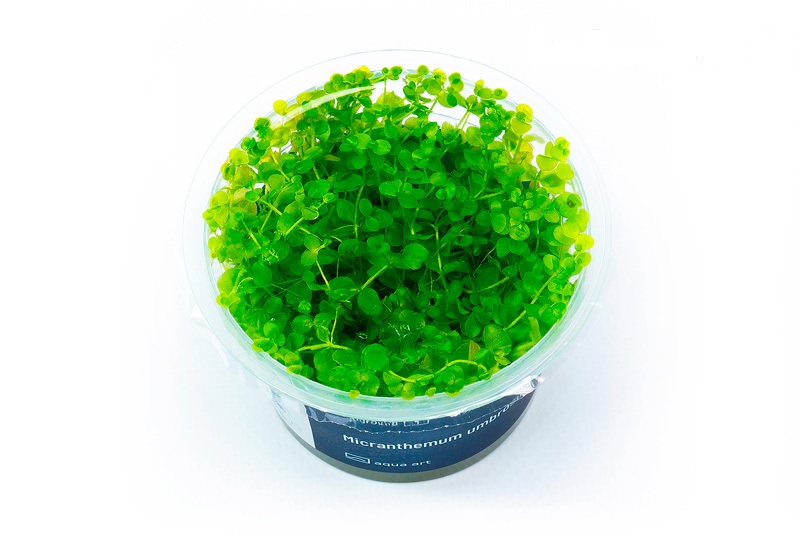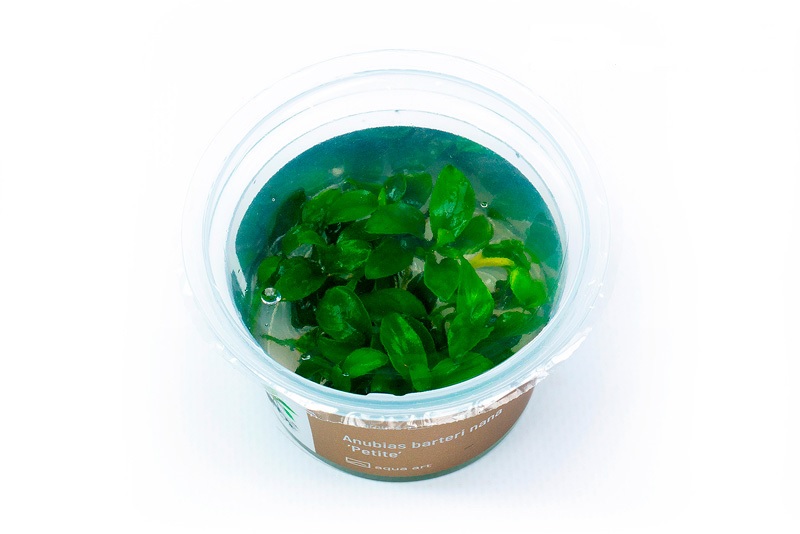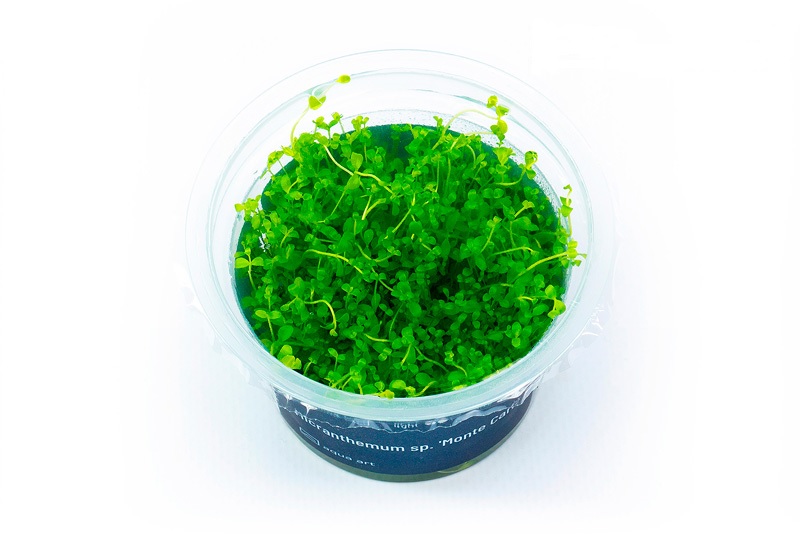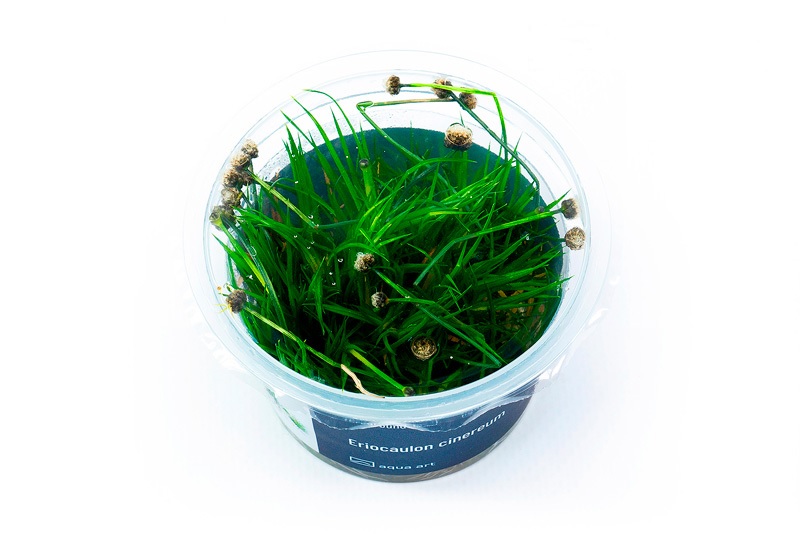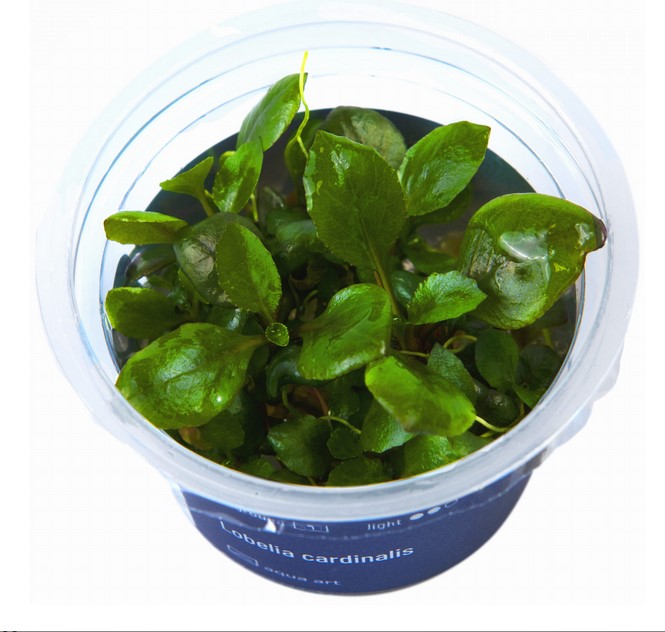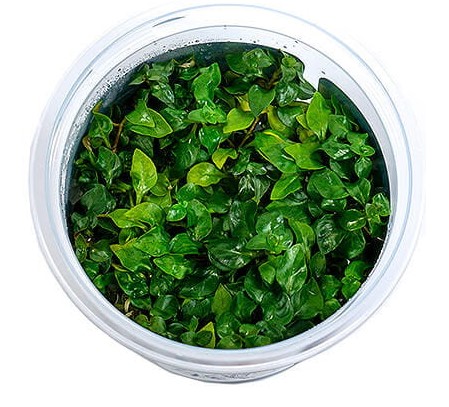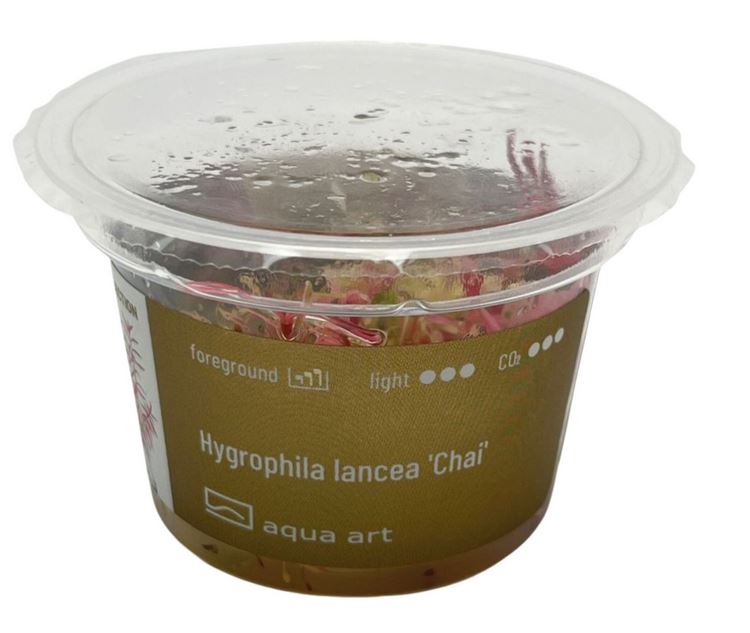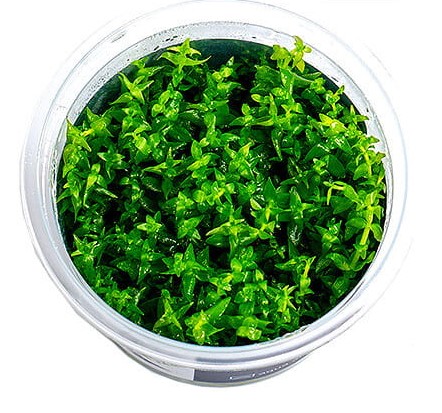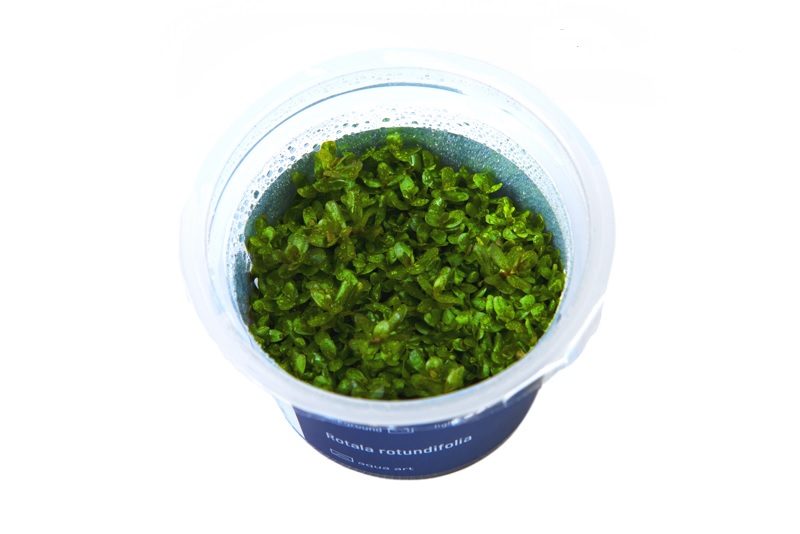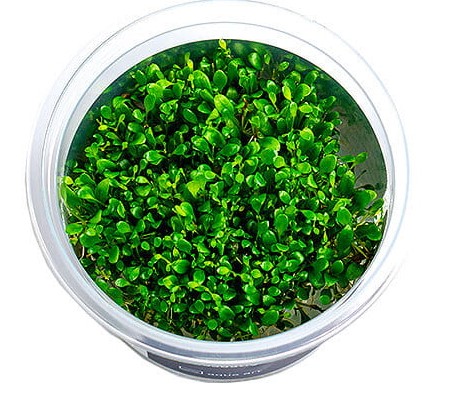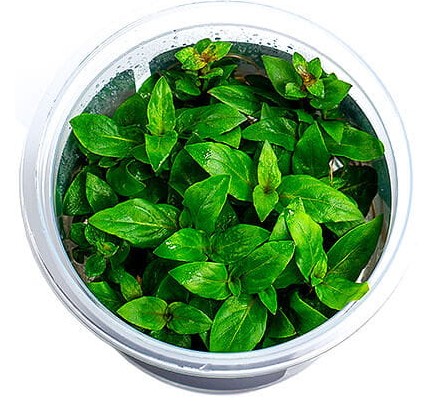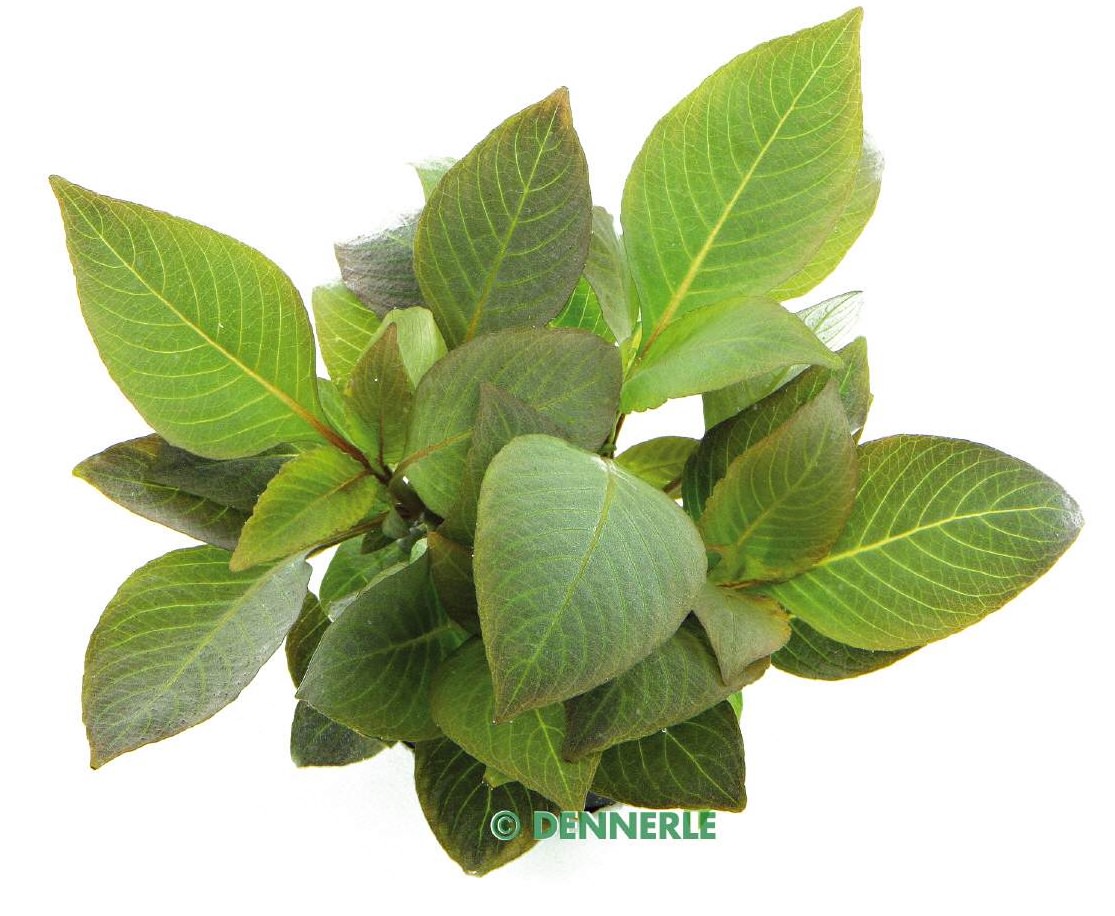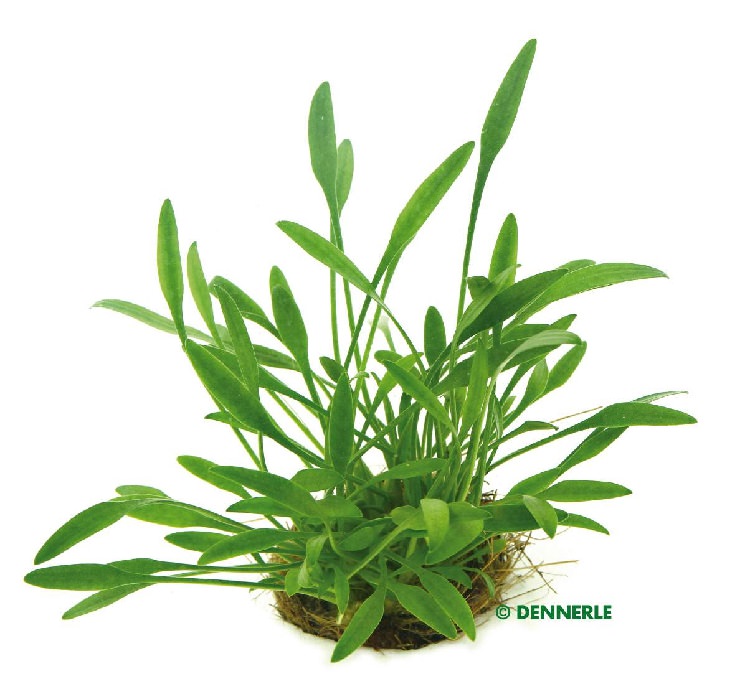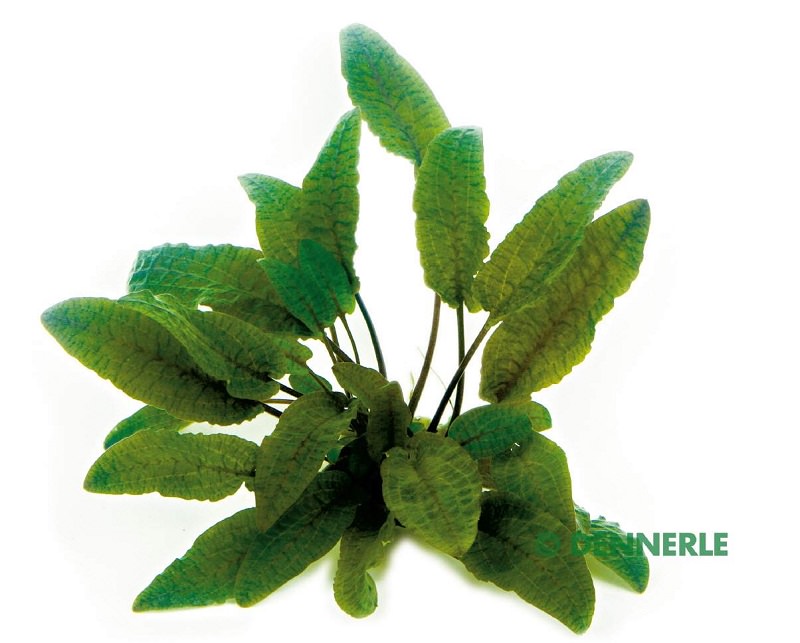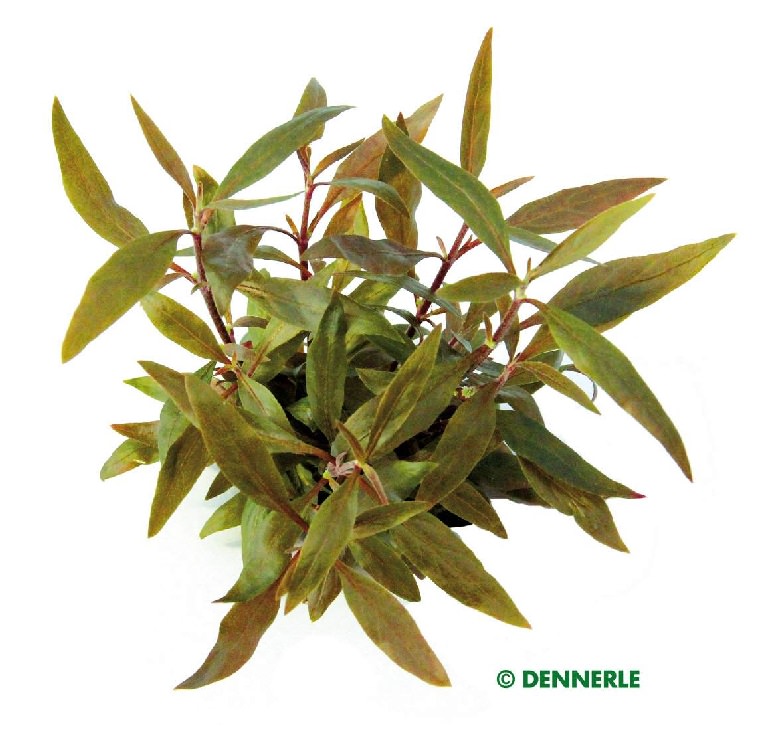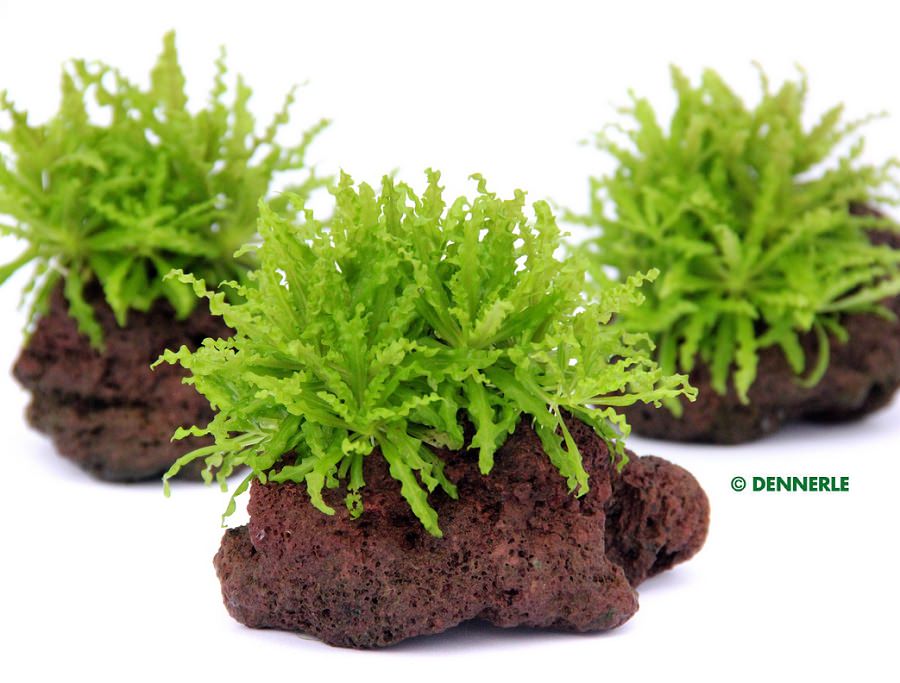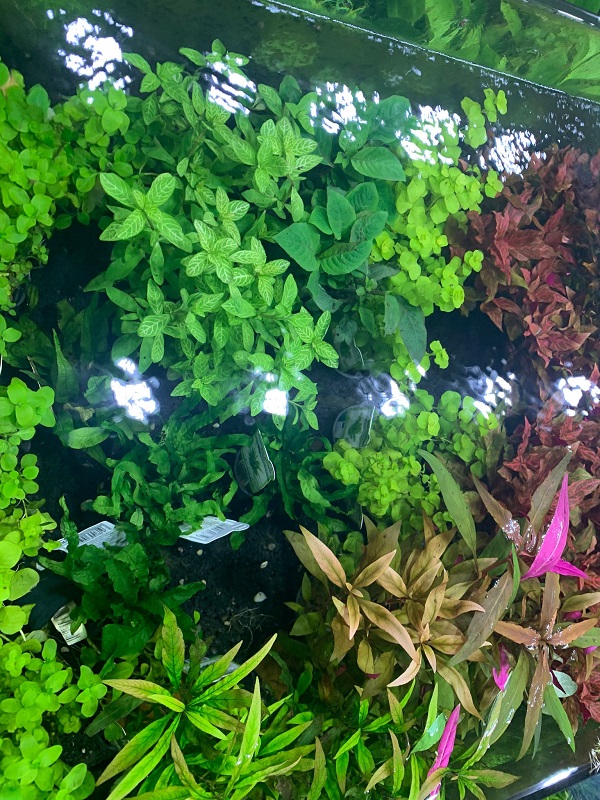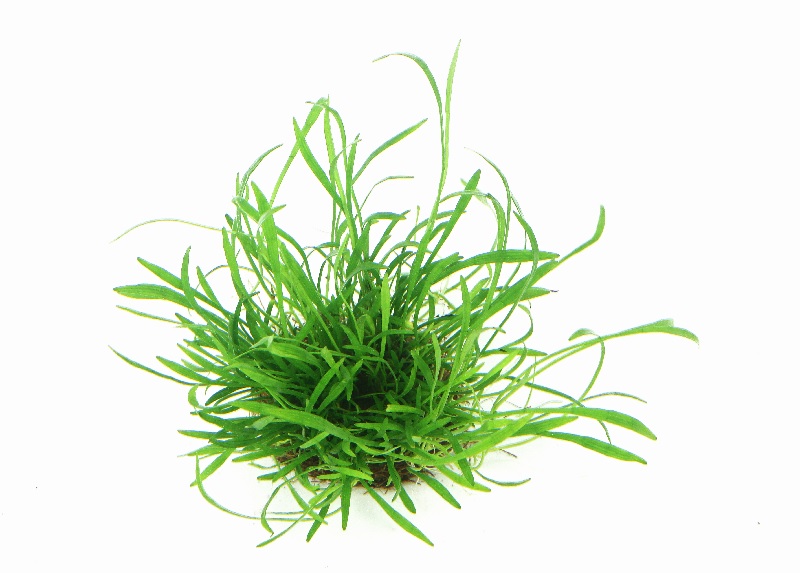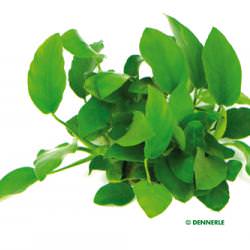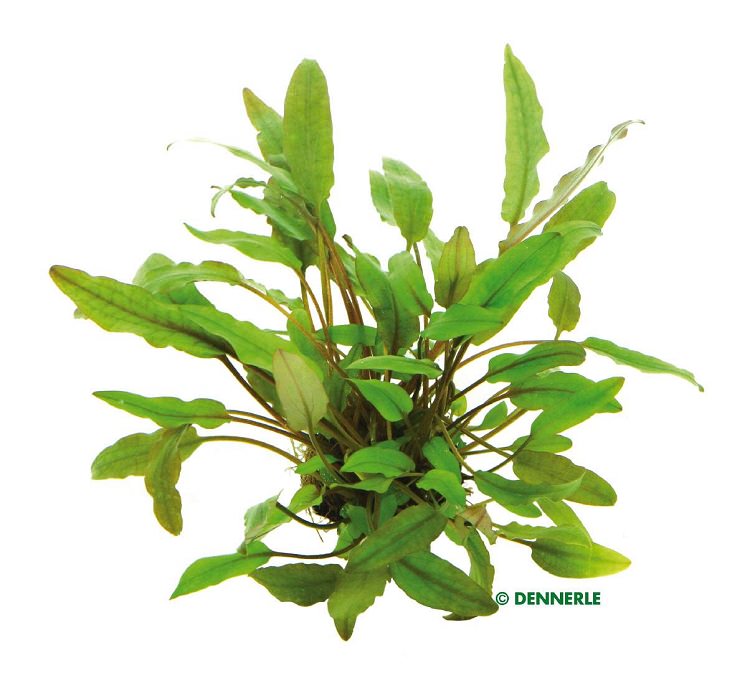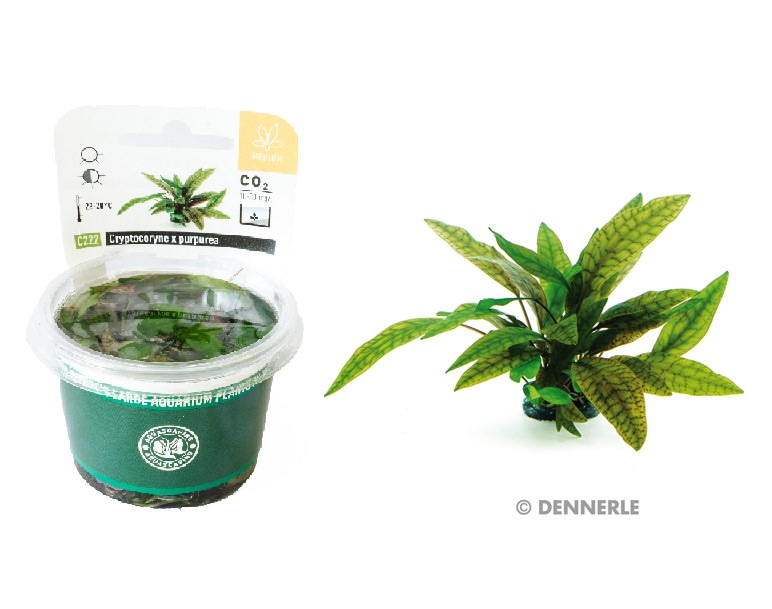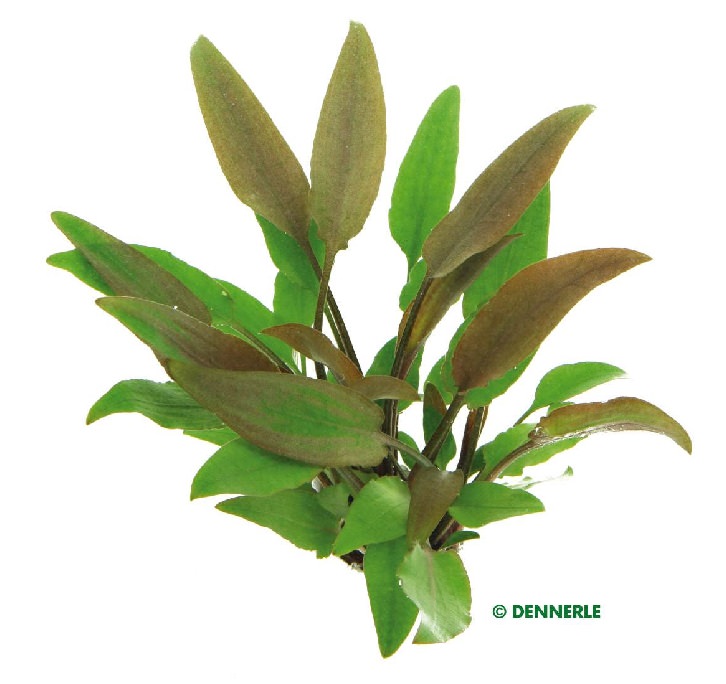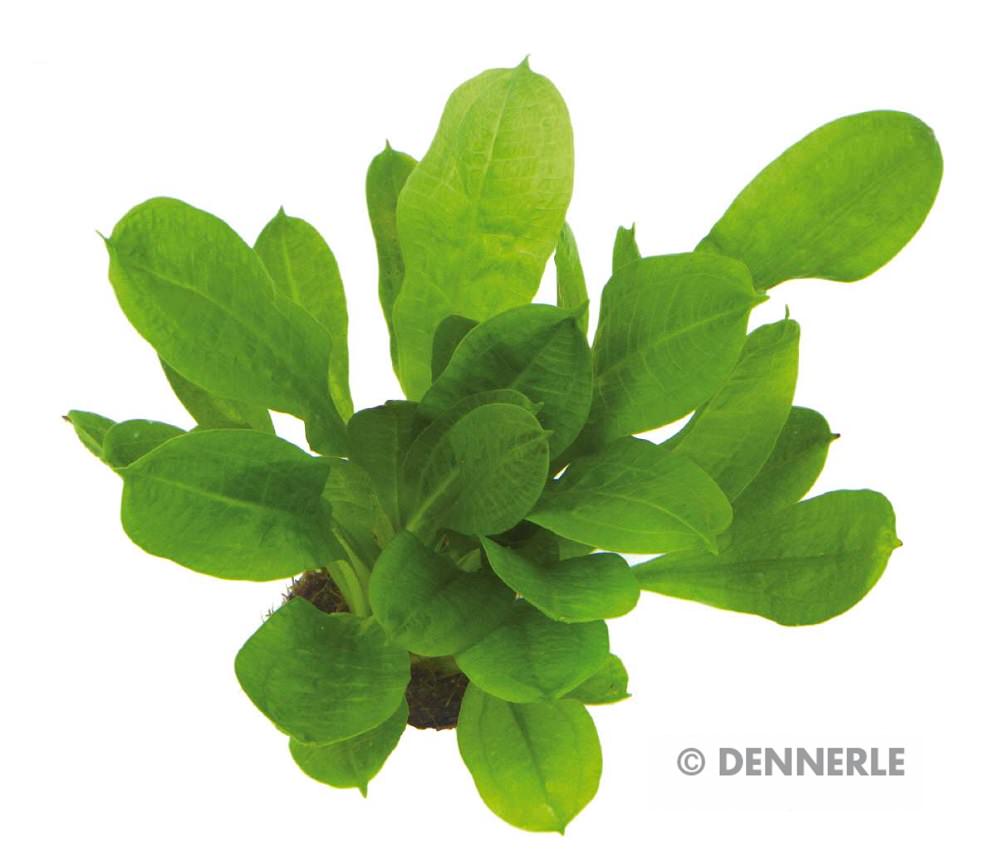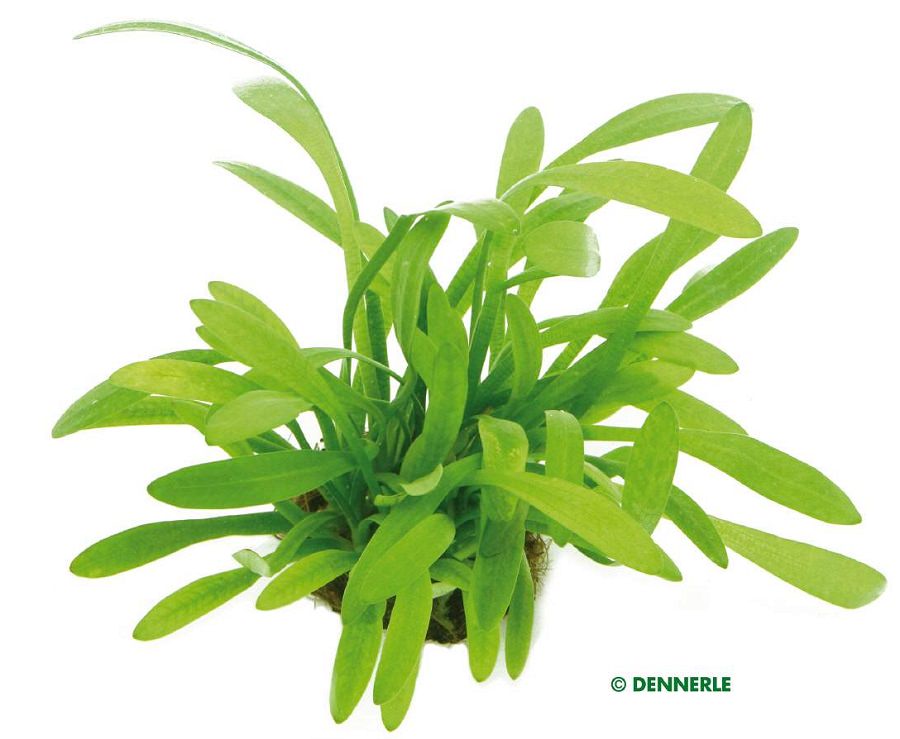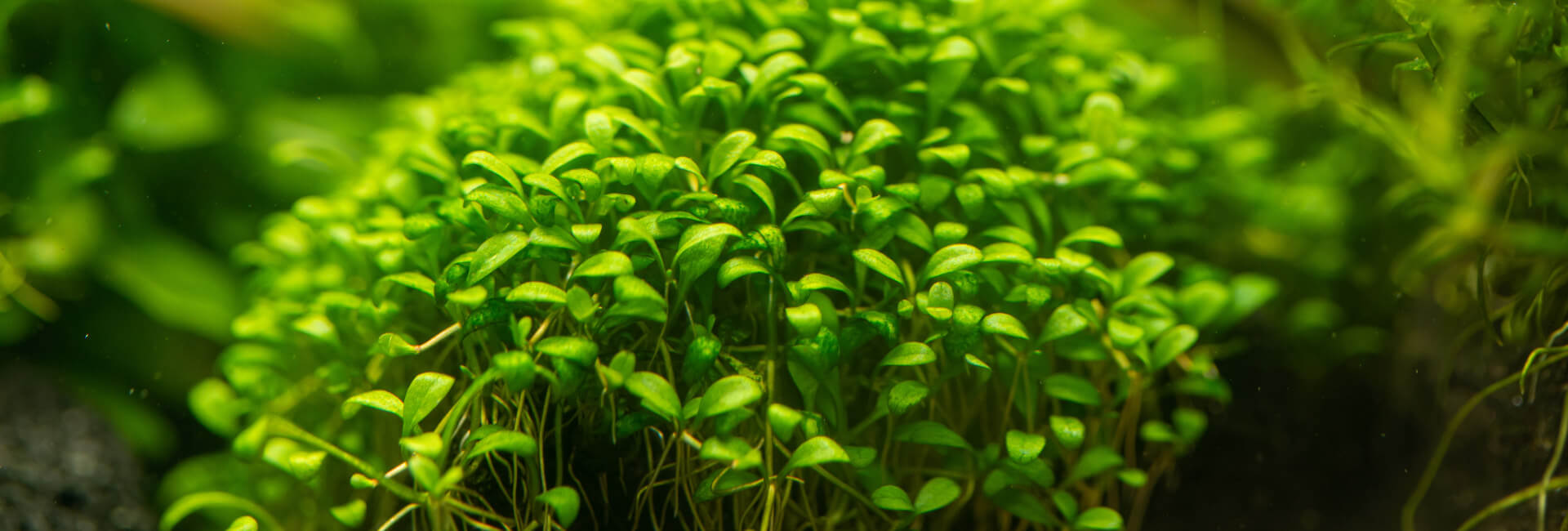
- Aquaria
- Terraristics
- Dogs
- Cats
- Rodents
- Birds
- Garden animals
- Garden pond
- Vouchers
- About us
- Store
- Blog
- FAQ
- Pet Info
Aquarium foreground plants
in the aquaristics shop
Large selection of aquarium foreground plants
Aquarium plants shop for foreground plants
Aquarium plants for the foreground of aquariums
In our aquarium plant shop you will find various types of foreground plants for small or large aquariums.
Browse through our large selection of foreground plants for aquariums and find the right foreground plant for your aquarium / aquariums.
We hope you enjoy shopping in our aquarium plants shop for aquarium foreground plants for aquariums.
If you have any questions or would like further information about foreground plants, we will of course be happy to advise you with our specialist knowledge. Contact us without obligation by e-mail or telephone, we will be happy to advise you.

